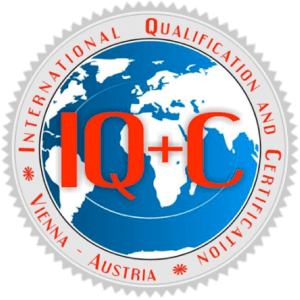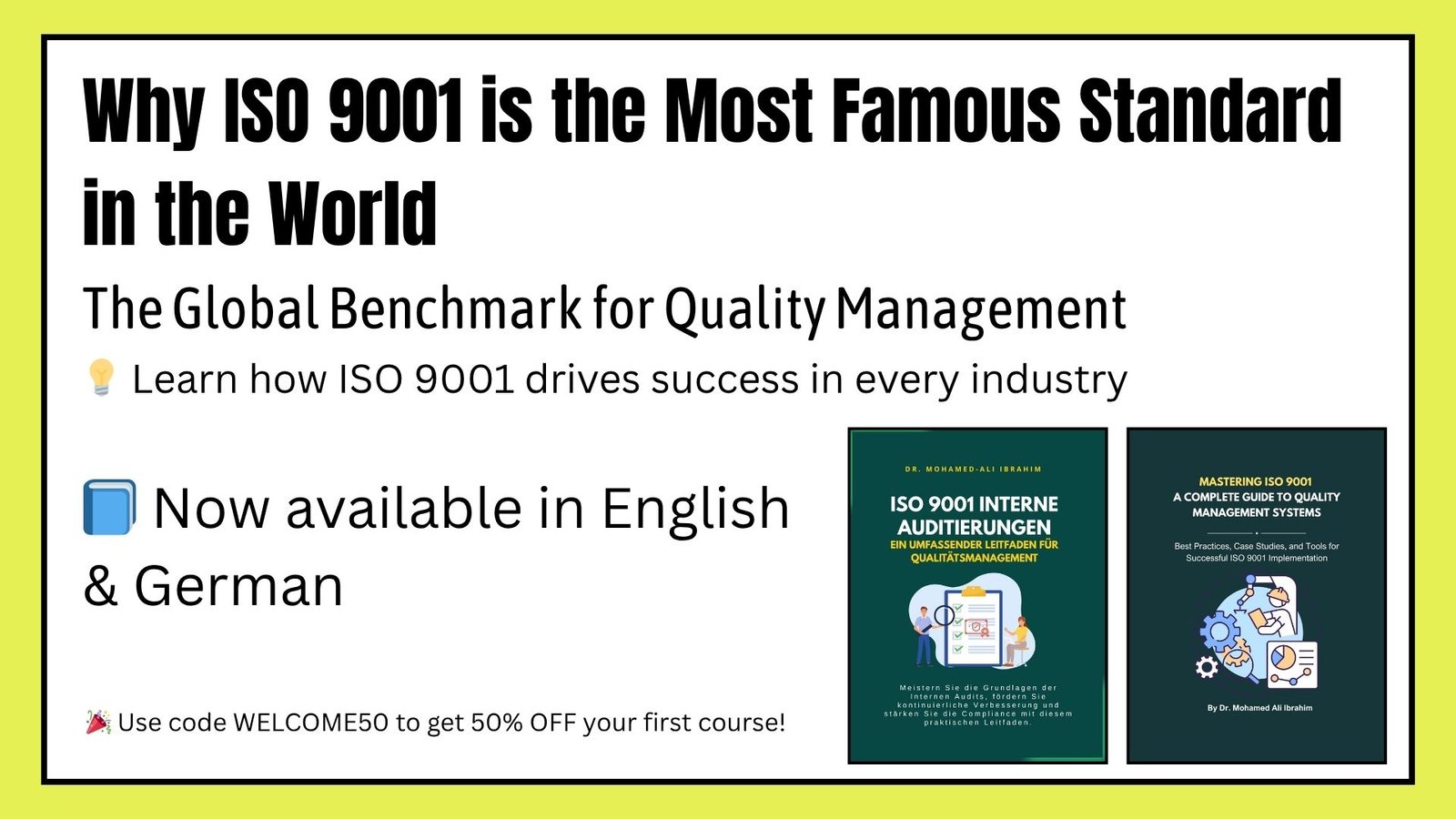It is essential for the businesses Assessment services sector to make decisions about how to make their quality management systems meet the requirements of the international standard ISO 9001:2015. Our Assessment services in localization, translation, and interpretation are based on practical methods, measures, and quality management tools. We want to find out how other people have been evaluating businesses’ quality management systems in the translation, localization, and interpretation industries and come up with good tools for using them in engineering services.
The different methods for evaluating the quality management systems of businesses in the industry are looked at, and attention is paid to the advantages and disadvantages of each of them. There are ways to figure out how well their quality management systems are working for companies that provide engineering services based on the international standard ISO 9001: 2015.
Experts can use an algorithm to rate the quality management systems of a company in the field of engineering services related to the translation industry, and the algorithm and suggestions for how to use it are given. Balanced indicators are used to make a strategic map for an engineering service company. Compare the costs of business processes of an engineering service company before and after they started using a quality management system. Then, figure out how much money this would save them.
In what order do you do localization assessment?
It doesn’t matter if you hire a company to do localization assessment for you or if you do it yourself. The team in charge of testing should follow these steps:
- Devising a test plan: Based on the needs of the localization strategy, a plan should include what content will be tested, whether testing will be exploratory or guided with a user guide, a list of all localization Assessment tasks, their due dates, and more. This is the first step in the process. It’s essential to gather as much background information for testers as possible, like test cases made with feature specifications and quality criteria in mind, test scenarios with expected results in the user interface, and documentation.
- A test environment must be set up before the test can be run: In the same way you use your regular test environment, you try out new markets in various languages.
- Making a script for the area in question: It’s possible to test for functionality before the content itself has been translated by using a script with lorem ipsum text.
- Comparing the source and target scripts: This helps experts in localization testing find problems that may need to be fixed.
- Analyzing the results: Testers look at the localization quality and decide which issues need to be fixed first, based on a scorecard that has been set up for this purpose. Localization issues are ranked as critical, moderate, and minor.
In writing or according to the project’s specifications, testers report the results of their localization assessment. This is called “regression assessment.” Product owners can ask developers and translators to fix usability, comprehensibility, and readability issues based on the priority of each problem found.
Repeating: This is done repeatedly until each new language or market has a good level of localization.





Leave A Comment